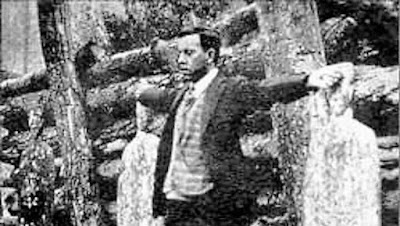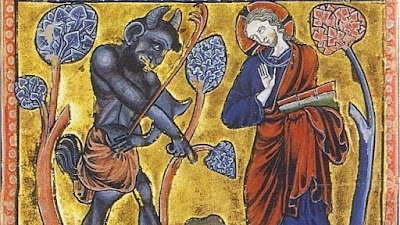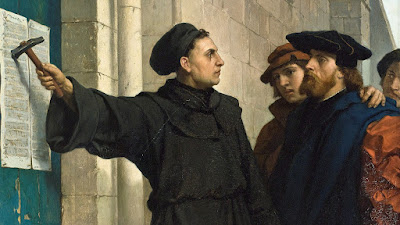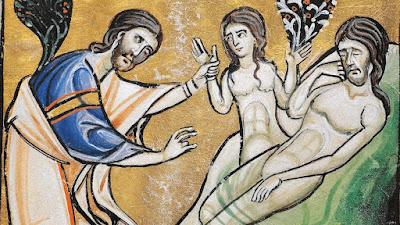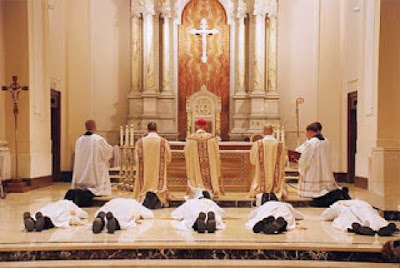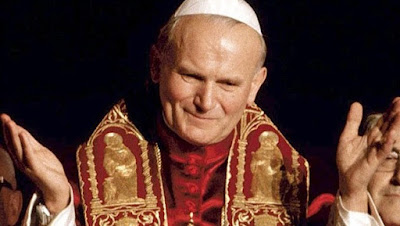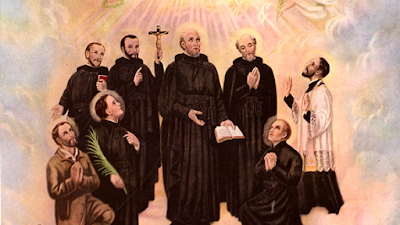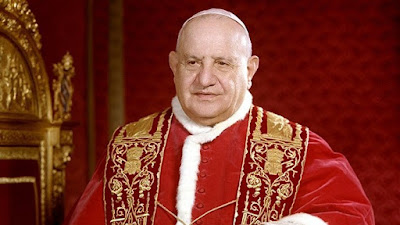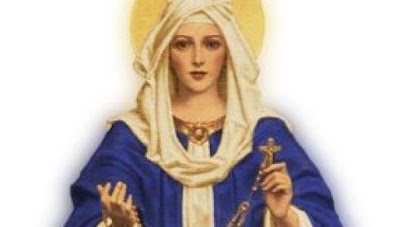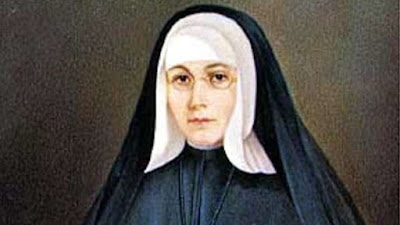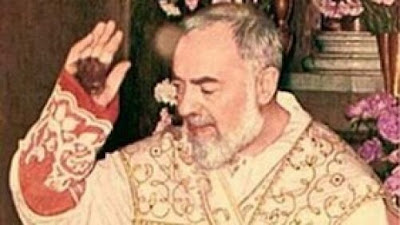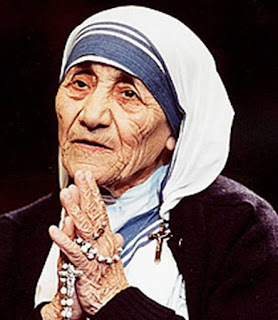St. Andrew Dung-Lac and Companions, Martyrs

On November 24th the Church celebrates the memorial of Saint Andrew Dung-Lac, a 19th century Vietnamese priest and companions, who lost their lives for the Faith. St. Andrew was one of 117 people who were martyred in Vietnam between 1820 and 1862. The last of these martyrs were 17 laypersons, one of them a 9-year-old, executed in 1862. The suffering they endured was barbaric. Christianity came to Vietnam through the Portuguese. Jesuits opened the first permanent mission at Da Nang in 1615. They ministered to Japanese Catholics who had been driven from Japan. The emperor Minh-Mang, banned all foreign missionaries and commanded Vietnamese Catholics to renounce their religion by trampling on a crucifix. Their churches were destroyed and catechesis forbidden. Christians were branded on the face with the words ta dao (false religion) and Christian families and villages were destroyed. Like the priest holes in Ireland during English persecution, many Catholics were offered sanctuary
